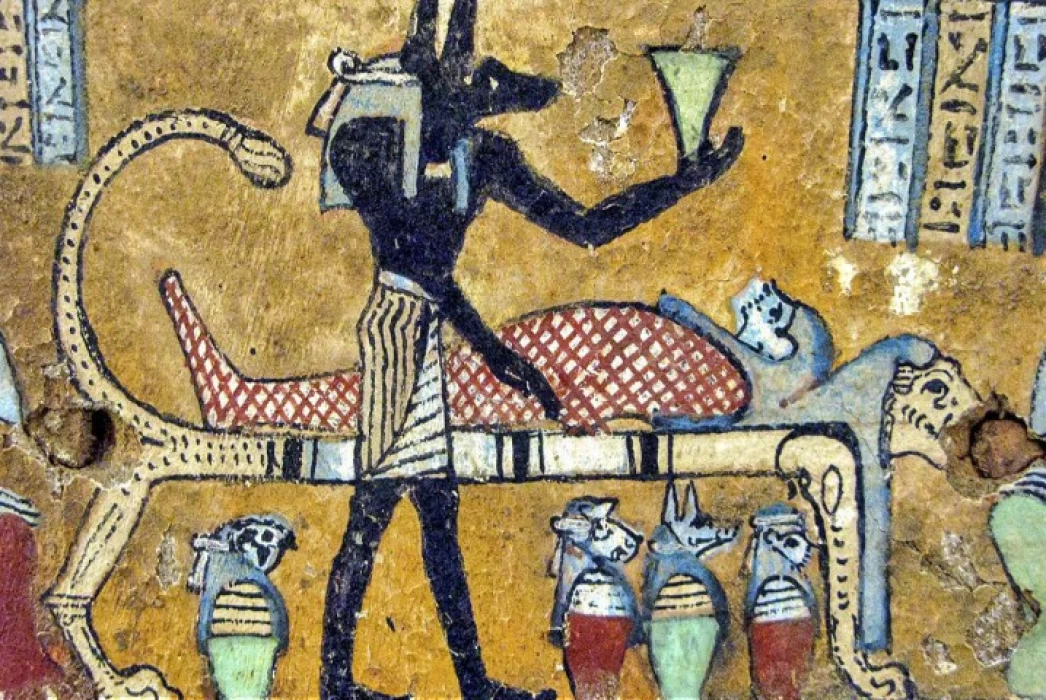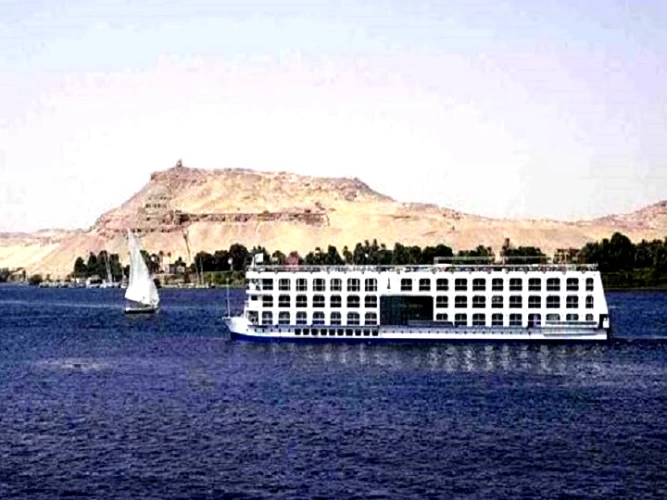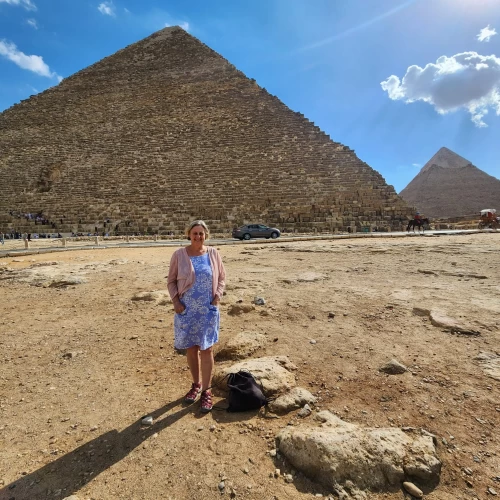
Science in Ancient Egypt
The science of ancient Egypt
Historians disagreed in determining the oldest civilization on Earth known to man For many thousands of years, prosperous civilizations have emerged in the canyons of major rivers such as Nile and Euphrates. and east of it in the rivers of India and China, although most beliefs are that it is the ancient Egyptian civilization of the Nile Valley or the Iraqi civilization of the Rafidain Valley civilizations ", when these civilizations moved into urbanization and civic life in the late fourth millennium BC.
Ancient Egyptians, Rum, Greeks and Babylonians gained access to knowledge of their own methods. They excelled in studying areas such as writing, taxidermy, astronomy, medicine, numeracy, engineering and other different sciences. Ancient Egyptians transmitted the knowledge they were able to access on papyrus, and were digging this information on their rocks in hieroglyphs. The effects of these civilizations indicate that they were mature civilizations all mature compared to their time.
The Egyptians are believed to be the first to introduce a decimal integral computing system (based on approximately 10) since 2700 BC. Egyptians used a headline to express the 1 number and heel bone to express the 10 number and the rope wrapped for the 100 number and the lotus flower for the 1000 number and some other Pharaonic symbols to express the larger values up to a million. But the pharaohs did not have the concept of spatial value, so the larger numbers were difficult to write (for example, writing the number one million needs a single symbol but a million minus 1 needs a 54 code to write).
Rhind Papyrus' 1650 BC Papyrus. M.L. ' precisely how to do multiplications and divisions at that time. It also contains some evidence of knowledge of some additional computational information, including fractures, initial and composite numbers, calculation, geometric average and consensual medium, as well as the method of resolving linear equations as well as computational and engineering sequences.
Berlin's 1300 B.C. M.L. ' It shows us that the ancient Egyptians were able to solve the quadratic equations.
The ancient Egyptian doctor is the first to study and develop medical and anatomical sciences in the ancient world The tomb of Dr. Carr from the Old State of Cairo was uncovered. He had his surgical tools with him, and by studying them, the Pharaohs had studied with care the science of medicine that the Greeks had quoted from them. And so the old Egyptian doctor is Abu Dhabi and not the Greek Abu Dharat, Who so far divides the graduates into his medical department before practising the medical profession Before Abu Karat for more than 22 centuries, ancient Egyptians knew medicine during the reign of Imhoutab the priest. And embalming is one of the areas that helped the ancient Egyptian doctor understand the human and animal body, This understanding undoubtedly led to the advancement of medical sciences in pharaohs both human and veterinary medicine.
The Pharaoh found out very precisely the functions of the organs and the nature of their work such as heart, lungs, stomach, kidney, liver and other organs. They also performed the most dangerous and precise surgeries. Medical practices made him know from which particular part he could open the human body and reach the internal organs and guts without destroying them. Through a small hole of up to a few centimetres in the left side of the abdomen, the ancient Egyptian mummifer was able to reach and extract all the organs of the human body and mummify it separately.
















